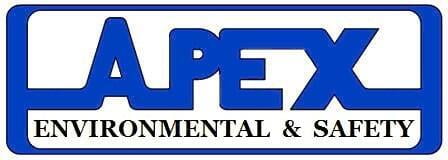Week 21: Heat Stress Work/Break Schedule
Creating a recommended work/break schedule based on outdoor temperature and relative humidity is a prudent approach to maintaining worker safety and comfort, especially in environments where the conditions can be strenuous. Although OSHA does not specify exact work/rest schedules for hot environments, they emphasize the importance of taking preventive measures against heat stress. The following schedule is based on guidelines from the American Conference of Governmental Industrial Hygienists (ACGIH) and general best practices in occupational health. It's designed to help manage the risk of heat-related illnesses while maintaining productivity.
Recommended Work/Break Schedule Based on Heat Stress
The guidelines below are divided into four categories based on the Heat Index, which is a measure that combines air temperature and relative humidity to determine the human-perceived equivalent temperature. It's essential to adjust work/rest ratios as the Heat Index increases.
1. Caution (Heat Index: 91°F to 103°F)
- Work/Break Ratio: 75% work/25% rest per hour.
- Actions: Encourage workers to drink 4 cups of water per hour. Monitor workers for signs of heat-related illness.
2. Extreme Caution (Heat Index: 103°F to 115°F)
- Work/Break Ratio: 50% work/50% rest per hour.
- Actions: Increase water intake to 4-6 cups per hour. Establish a buddy system to monitor for heat stress symptoms.
3. Danger (Heat Index: 115°F to 130°F)
- Work/Break Ratio: 25% work/75% rest per hour.
- Actions: Limit work to critical tasks only. Provide cooling measures such as shaded rest areas, cooling vests, or access to air-conditioned environments. Mandatory buddy system.
4. Extreme Danger (Heat Index above 130°F)
- Work/Break Ratio: Stop all non-emergency work.
- Actions: Only perform essential tasks with significant protective measures. Consider rescheduling to cooler parts of the day.
Implementing the Schedule
- Acclimatization: Gradually increase exposure time to hot conditions over 1-2 weeks, especially for new or returning workers.
- Hydration: Ensure easy access to cool water. Encourage workers to drink water every 15-20 minutes, even if they do not feel thirsty.
- Monitoring: Regularly check the local heat index and adjust work schedules accordingly. Use portable weather stations if necessary.
- Training: Educate workers and supervisors on recognizing the signs of heat-related illnesses and the importance of taking regular breaks.
- Adaptive Clothing: Provide or recommend lightweight, light-colored, and loose-fitting clothing to help manage body temperature.
Conclusion
These recommendations should be adjusted based on the specific conditions at the work site, including the type of work being done, the workers' physical condition, and any medical advisories. Regular consultation with occupational health professionals can help refine these guidelines to best fit your operational needs and worker safety priorities.
Remember, the key to preventing heat stress is proactive planning, continuous hydration, and monitoring for signs of heat-related illnesses. Implementing a flexible work/rest schedule that accounts for the current heat index and providing necessary training and resources are critical steps in safeguarding your workforce.

